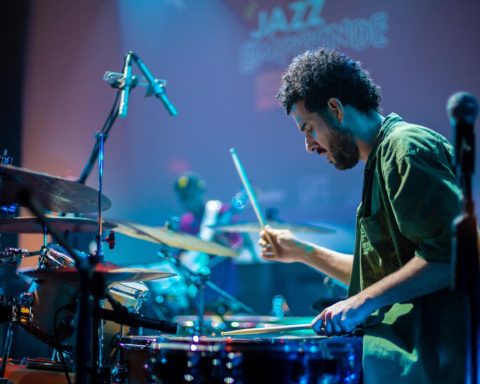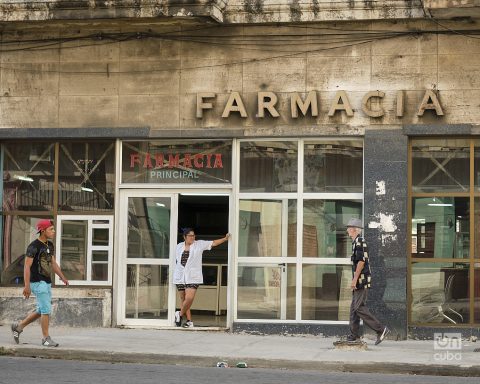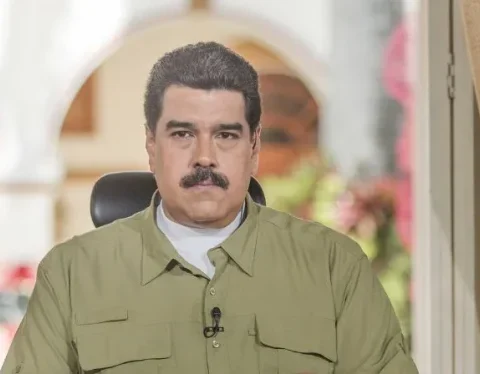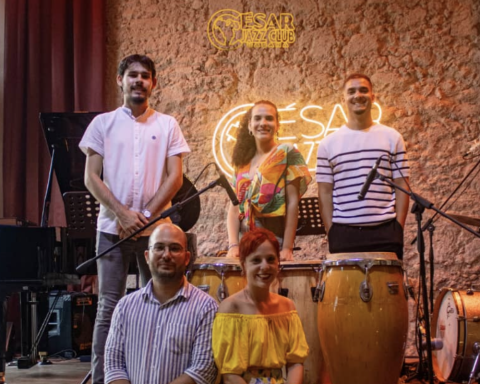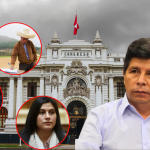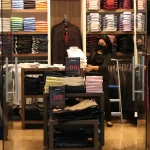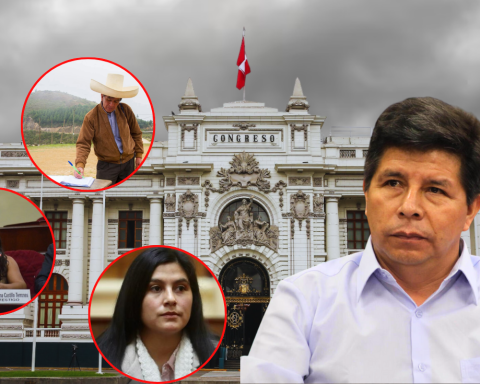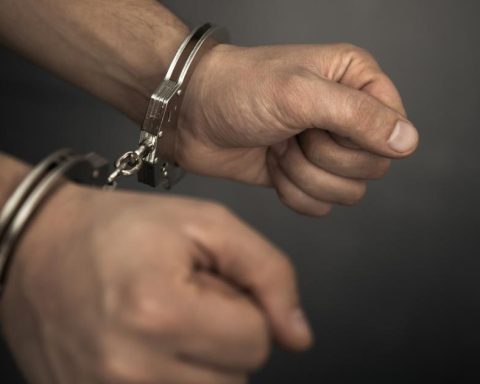Havana Cuba. — On April 13, 1961, a great fire, the product of sabotage, destroyed what until then was the best and most famous store in Havana: El Encanto.
Located in the central Galiano street, between San Rafael and San Miguel, El Encanto was more than half a block long, with 65 apartments, five floors, perfumed central air conditioning and escalators.
It had been founded in 1888 by the brothers José, Bernardo Solís and Aquilino Entrialgo, who later created branches in various cities, the most important being Camagüey, Santiago de Cuba, Santa Clara, Holguín, Varadero and Cienfuegos.
The Entrialgo’s innovative business practices, such as the departmental sales system, were a model for the industry to follow.
In 1949, the building that El Encanto occupied was expanded and remodeled and all the interior furniture was changed, which gave it more distinction and allowed greater access to the public. The large exterior windows that surrounded the store were renewed by designers and decorators every week.
In El Encanto, which had a uniformed workforce of nearly 1,000 workers, you could buy clothes, shoes, perfumes, jewelry, household items, electrical appliances, toys, records, and books, with differentiated prices, depending on their quality. .
El Encanto had its own clothing and perfumery workshops, in addition to those located in La Rosa and Piñera, in El Cerro, which provided exclusivity to its products (they all carried a label with the name of the store).
The famous French designer Christian Dior, despite the fact that he was terrified of traveling by plane, came to Havana and signed an agreement to exclusively sell his merchandise at El Encanto, something that until then was only possible in Paris. For this, the “French Salon” was founded, specializing in Dior products.
Famous actors and actresses like Maria FelixTyrone Power, John Wayne, Cesar Romero, Maurice Chevalier, Errol Flynn and Miloslava, were clients of El Encanto.
Two employees of El Encanto, Cesar Rodríguez González and Ramón Areces, with their savings, the benefits obtained and the experience acquired, founded the well-known stores El Corte Inglés and Galerías Preciados in Spain, which are considered a continuation of El Encanto.
It is false that El Encanto was a store only for wealthy people. There were also items at reasonable prices, which were within the reach of any family with a medium income. For example, the prices of the plated yokes and the silver key chains ranged from one peso to 10.50 pesos.
Humble people and seamstresses came to El Encanto to see its windows, to copy the costume models on display and then reproduce them with fabrics bought in more modest stores.
The decline and loss of prestige of El Encanto began in 1960, after being intervened by the revolutionary State, which considered it a symbol of the bourgeoisie and capitalism.
An employee, Carlos González Vidal, with the help of Mario Pombo, Arturo Martínez and Telesforo Heriberto Fernández, seeing how El Encanto was emptied of articles and heading towards ruin, decided to destroy it.
The fire was programmed for 7 at night, to avoid public and that there were no victims.
When the fire started, all the people left the property, but an employee named Fe del Valle entered the burning premises again to rescue the collection of the union to which she belonged, and died when she was trapped by the flames inside the place.
Carlos González, the author of the sabotage, in a first trial, received a sentence of 30 years in prison, but Che Guevara rejected the verdict and ordered him to be shot in La Cabaña.
Shortly after the fire, the government launched a national campaign to raise funds to “rebuild an El Encanto store that would be more beautiful than the last.”
Hundreds of people, in front of television cameras, donated money and jewelry, many of them gold, for this purpose. But despite the millionaire sum collected, some time later, in a part of the space occupied by El Encanto, they made a modest park with a small statue and a plaque with the name of the deceased worker, Fe del Valle.
The people, mockingly, baptized the place with the title of the famous book by Eudocio Ravines, the Park of the Great Swindle.

